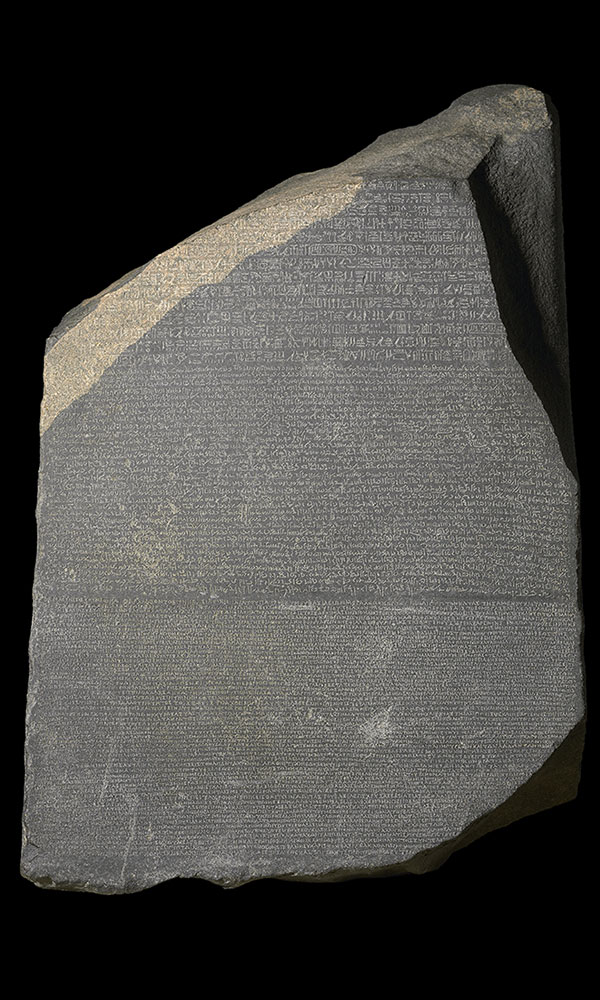EDINBURGH, SCOTLAND—Live Science reports that Meaghan Dyer of the University of Edinburgh investigated a possible cause of injuries found on Neolithic skulls unearthed in western and central Europe. Sometimes the head wounds showed signs of healing, while in other instances they had been fatal. A replica wooden club, based upon one discovered in waterlogged soil on the banks of the Thames River in London and radiocarbon dated to around 3500 B.C., was crafted for the experiment. Dyer described the weapon as a “very badly made cricket bat” with a heavy tip. The club was then swung at synthetic skull models by a 30-year-old man in good health, who was instructed to fight as if he were in battle. The fractures he inflicted upon the skull models resemble those seen on the Neolithic remains. One in particular closely matched an injury found on a skull unearthed at a massacre site in Austria dated to 5200 B.C. Dyer concluded the beater “very clearly is lethal.” The study could lead to the re-evaluation of some ancient injuries that had been attributed to falls and accidents. For more, go to 10,000-Year-Old Turf War.
Blunt-Force Trauma Studied in Neolithic Skulls
News December 13, 2017
Recommended Articles
Off the Grid January/February 2026
Prophetstown, Indiana

Letter from France January/February 2026
Neolithic Cultural Revolution
How farmers came together to build Europe’s most grandiose funerary monuments some 7,000 years ago

Features January/February 2026
The Cost of Doing Business
Piecing together the Roman empire’s longest known inscription—a peculiarly precise inventory of prices

Features January/February 2026
The Birds of Amarna
An Egyptian princess seeks sanctuary in her private palace

-
Features November/December 2017
Reading the White Shaman Mural
Paintings in a Texas canyon may depict mythic narratives that have endured for millennia
 (Chester Leeds, Courtesy Shumla)
(Chester Leeds, Courtesy Shumla) -
Letter From Singapore November/December 2017
The Lion City's Glorious Past
The founding mythology of this city-state was once thought to be pure fiction—ARCHAEOLOGY says otherwise
 (Courtesy John Miksic)
(Courtesy John Miksic) -
Artifacts November/December 2017
Phoenician Mask Mold
 (Courtesy Michael Jasmin)
(Courtesy Michael Jasmin) -
Digs & Discoveries November/December 2017
The Hidden Stories of the York Gospel
 (© Chapter of York)
(© Chapter of York)



